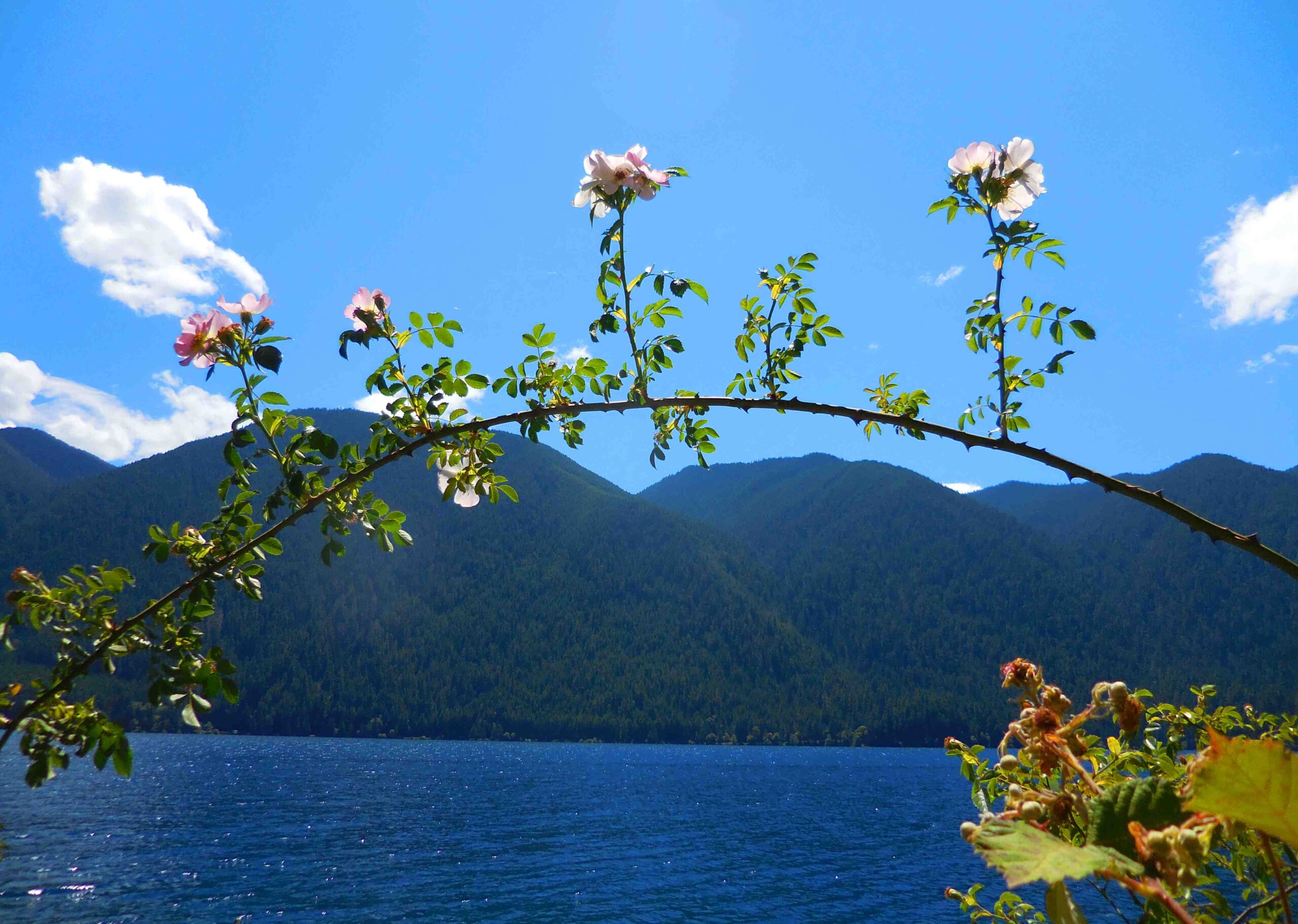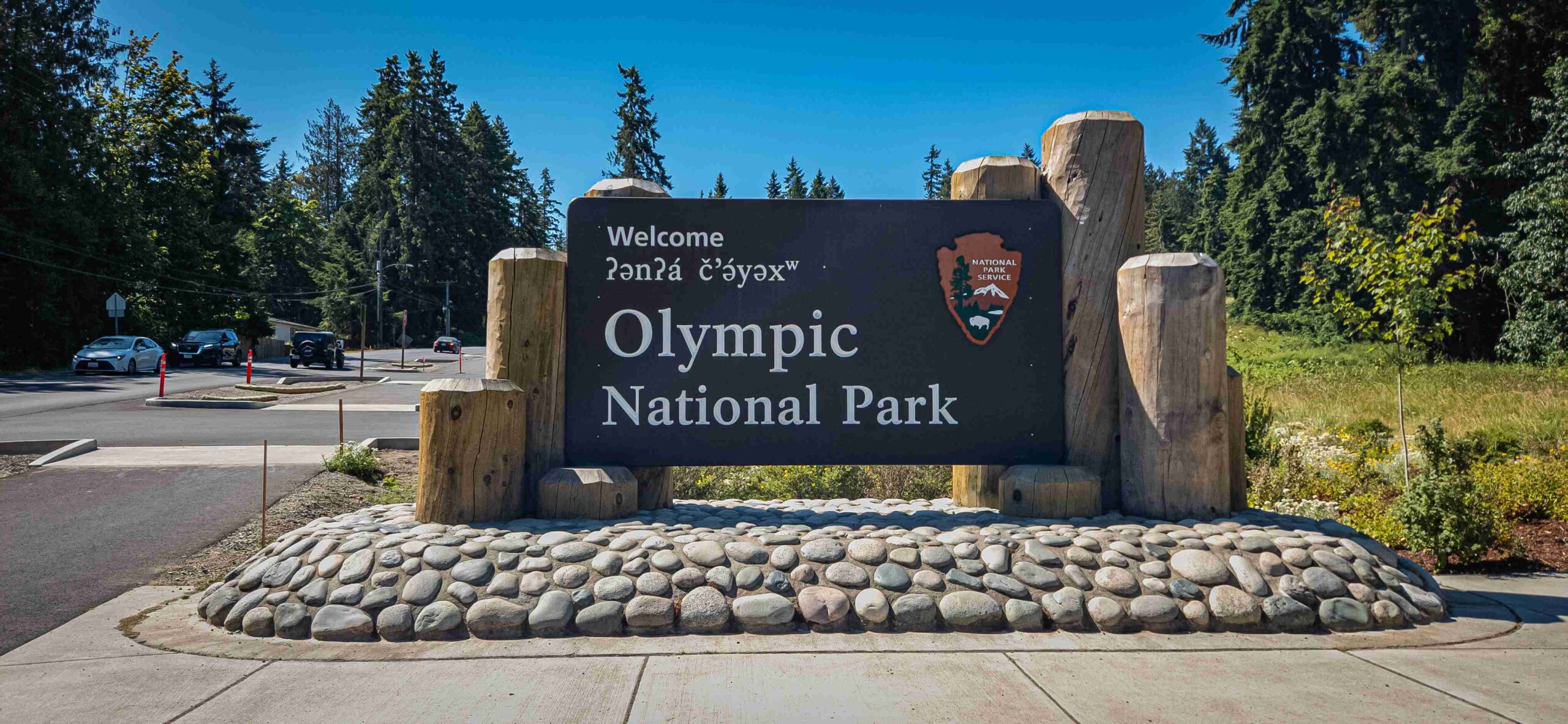Badger Valley in Olympic National Park is a remote and pristine wilderness area known for its challenging hiking trails, diverse wildlife, and breathtaking alpine scenery. Located in the northeastern part of the park, Badger Valley offers visitors a chance to experience the rugged beauty of the Olympic Mountains. With its steep terrain, alpine meadows, and crystal-clear lakes, this area provides a true backcountry adventure for experienced hikers and nature enthusiasts.
What are the main hiking trails in Badger Valley?

Badger Valley offers two primary hiking trails that showcase the area’s natural beauty:
- Badger Valley Trail to Grand Lake
- Length: 7.5 miles one-way
- Difficulty: Strenuous
- Key Features:
- Starts at Obstruction Point Trailhead
- Traverses steep open slopes
- Descends into Badger Valley
- Follows Grand Creek to Grand Lake
- Multiple creek crossings
-
Extension: Continue to Moose and Gladys Lakes (additional 1 mile)
-
Badger Valley Trail to Grand Pass Trail Loop
- Length: 10.2 miles (full loop) or 8.6 miles (shorter variation)
- Difficulty: Challenging
- Elevation Gain: Approximately 4,600 feet
- Key Features:
- Includes Grand Pass Trail
- Offers panoramic views of Olympic National Park’s interior
- Traverses Lillian Ridge and Grand View Peak
- Provides 360-degree vistas
What wildlife can be observed in Badger Valley?

Badger Valley is home to a variety of wildlife species. Here’s a list of commonly observed animals:
- Marmots (frequently seen in alpine meadows)
- Deer (often spotted near Grand Lake)
- Hawks (occasional sightings)
- Bears (present but less commonly seen)
For the best wildlife viewing opportunities, visit during early morning or late afternoon when animals are most active. Remember to follow park regulations:
- Maintain a safe distance from all wildlife
- Do not feed animals
- Stay on designated trails
- Carry bear spray and know how to use it
Where can visitors camp in Badger Valley?
While there are no developed campsites directly in Badger Valley, backcountry camping options are available:
- Grand Lake Campsite
- Popular backcountry site near Grand Lake
-
Requires a backcountry permit
-
Other Backcountry Sites
- Various locations along trails (e.g., near Moose and Gladys Lakes)
- Permit required
- Follow park regulations
Campsite amenities are minimal and typically include:
– Pit toilet
– Bear hang or food storage lockers (in some locations)
Reservation Requirements:
– Backcountry permits are mandatory
– Can be reserved in advance through Olympic National Park’s website or at the Wilderness Information Center
– Fees apply (vary by season and availability)
– Maximum occupancy limits are in place to minimize environmental impact
What are the key scenic views in Badger Valley?
Badger Valley offers several stunning vantage points for visitors:
- Grand View Peak
- 360-degree views of Olympic National Park’s interior
-
Accessible via challenging trails
-
Lillian Ridge
- Panoramic vistas of surrounding valleys and peaks
-
Part of the Grand Pass Trail Loop
-
Grand Lake
- Scenic alpine lake views
- Surrounded by picturesque meadows
Accessibility: These vantage points require hiking on challenging trails and a good level of physical fitness.
Best Viewing Times:
– Early morning: Soft light and clear skies
– Late afternoon: Golden hour for photography
– Avoid midday to minimize heat and sun exposure
How should hikers prepare for a trip to Badger Valley?
- Physical Preparation
- Train for strenuous hiking and elevation gain
-
Build endurance for long-distance trails
-
Gear Checklist
- Sturdy hiking boots
- Layered clothing for variable weather
- Rain gear
- Sun protection (hat, sunscreen, sunglasses)
- First aid kit
- Navigation tools (map, compass, GPS)
-
Bear spray
-
Water and Food
- Carry ample water or water filtration system
-
Pack high-energy, lightweight snacks and meals
-
Permits and Regulations
- Obtain necessary backcountry permits
- Familiarize yourself with Leave No Trace principles
-
Check current trail conditions and weather forecasts
-
Safety Precautions
- Inform someone of your hiking plans
- Be prepared for sudden weather changes
- Carry emergency communication device (satellite phone or personal locator beacon)
What is the best time to visit Badger Valley?
The optimal time to visit Badger Valley depends on your preferences and goals:
- Summer (July-August)
- Peak season for hiking
- Wildflowers in bloom
- Warmest temperatures
-
Busiest time with more hikers
-
Early Fall (September-early October)
- Cooler temperatures
- Fall colors
- Fewer crowds
-
Potential for early snow at higher elevations
-
Late Spring/Early Summer (June-early July)
- Snowmelt reveals trails
- Waterfalls at peak flow
- Fewer visitors
- Potential for lingering snow patches
Note: Winter access is extremely limited due to snow and road closures.
By carefully planning your visit to Badger Valley in Olympic National Park, you can experience the raw beauty of this pristine wilderness area while ensuring a safe and memorable adventure.
References:
1. Badger Valley – Washington Trails Association
2. Grand Pass-Badger Valley – Isaac’s Journey Home Page
3. Badger Valley Trail to Grand Pass Trail Loop, Washington – AllTrails

